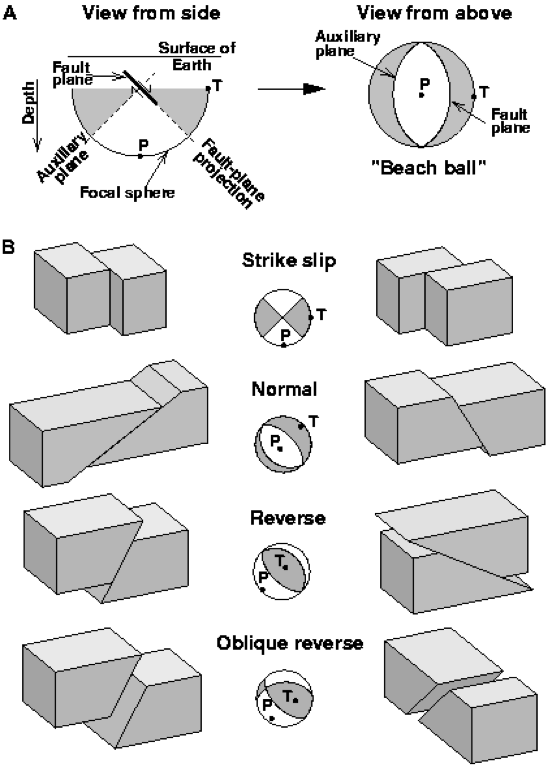We provide robust and reliable data products for Northern CA earthquakes.
Data Products from the Berkeley Seismology Lab

Seismic Velocity Monitoring
Tracking the earth’s noise over time in a certain area allows researchers to explore changes in Earth's structure as the seismic velocity changes, which are related to earthquakes and volcanic eruptions.
You can access daily seismic velocity monitoring for South Napa from just after the August 2014 quake to the present.
BSL scientist Taka'aki Taira's seismic velocity has work highlighted on the SpringerOpen blog
 Preliminary slip model computed at Berkeley for the 2014 Napa quake
Preliminary slip model computed at Berkeley for the 2014 Napa quake
Finite Fault Solutions
The BSL computes finite fault solutions, which describe the 3-D shape of a rupture, for major events in Northern California.
2014 Napa quake: Finite-source slip model obtained for the August 24, 2014 Mw6.0 West Napa earthquake. Read the blog entry about this slip model.
2010 Gorda Plate quake: From our Annual Report: January 10, 2010 M 6.5 Gorda Plate Earthquake: Automated Finite-Source Modeling
2007 Alum Rock quake: From our Annual Report: Mapping the Rupture of the October 30, 2007 M 5.4 Alum Rock Earthquake

Moment Tensor Solutions
The Berkeley Seismological Laboratory has been routinely estimating the seismic moment tensors of earthquakes in northern California since 1992. These moment tensors are mathematical descriptions of the forces that drive earthquake rupture.
Learn more about moment tensors in this tutorial.
 Drilling a Tremorscope station. Photo by Horst Rademacher
Drilling a Tremorscope station. Photo by Horst RademacherTremorscope Tremor Catalog
The TremorScope stations are designed to record recently discovered deep tremor along the San Andreas Fault in central California. Early studies reveal fascinatingly complex faulting behavior in the deep crust that is surprisingly different from "normal" earthquakes in the upper crust and help improve our understanding of fault mechanics and earthquake hazard.
Learn more about tremorscope and the BSL tremor catalog.